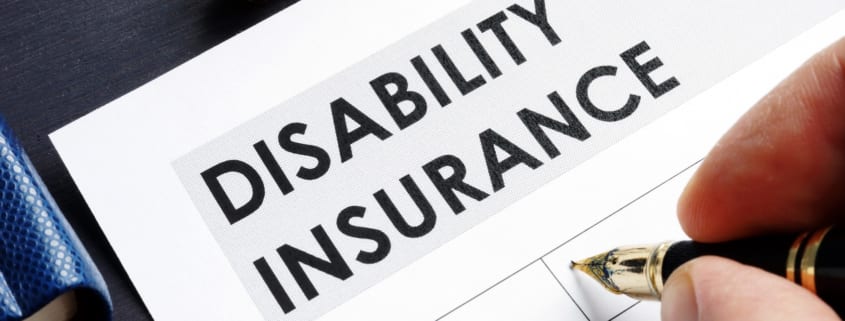What Is Short-Term and Long-Term Disability Insurance?

Short-Term and Long-Term Disability Insurance
Let’s talk about the long and the short of disability insurance. Long-term vs. short-term disability insurance, that is. What are they and which should you have?
The Council for Disability Awareness states that there’s a 30% chance the average worker will become disabled, and that one in 8 workers will be unable to work due to disability at least five years during their employment. This makes it attractive to employers, who often provide coverage in whole or in part for their employees.
To start with, short-term disability pays out benefits for a shorter amount of time than does long-term coverage. So, which should you have? Some say both, ideally.
Why We Need Disability Insurance?
Like life insurance, disability insurance coverage can protect you financially. If you are unable to work because of injury or serious illness, the benefit period will pay you a percentage of what you get paid.
Disability insurance is not the same as workers’ compensation or Social Security Disability Insurance SSDI. You may think, Well, if something happens to me I can get help from the workers’ comp that my job provides. You might even consider relying on SSDI if you need it. But:
Workers’ comp only applies to work-related injuries or accidents. That won’t help if your injury has nothing to do with your job. As for SSDI, it’s hard to get and it can take a long time to secure it.
Which is Better: Long-Term vs. Short-term Disability Insurance
Short-term disability insurance provides benefits for a limited amount of time; long-term coverage provides benefits for a longer period of time. While unable to work, or for a set amount of time, disability coverage pays you a portion of your salary.
Short-term disability insurance covers things like:
- A lengthy illness
- An injury that disables you
- Pregnancy and child birth
Long-term disability insurance pays out benefits for injuries and illnesses that keep you from working. Most common issues covered include:
- Cancer
- Cardiovascular or circulatory disorder, like heart attack or heart disease
- Debilitating osteoarthritis, back pain, or other connective tissue or musculoskeletal disorders
- Injury
- Poisoning
- Mental health disorder
Another important distinction? Cost. Short-term premiums are a lot less expensive than long-term premiums.
Also, where short-term disability insurance generally pays out benefits for three to six months, long-term gives you a choice of benefit periods, typically as little as two years, as much as 10 years, or until you retire.
Which Coverage is Best for You?
Ideally, a person would have both short-term and long-term disability insurance coverage. Employers often offer short-term disability coverage as part of a benefits package. Employees sometimes opt to purchase supplemental long-term disability insurance on their own. Since short-term coverage has a shorter waiting period for benefits to begin, while a long-term policy takes a longer period before benefits can begin. Having both policies means you can use the short-term insurance until the long-term disability insurance policy begins paying out benefits.
Talk with an insurance provider to sift through your options before buying disability insurance. You can learn more about insurance of all kinds at EINSURANCE.com, where you can also use our quote tool to receive and compare policies and costs.

 EINSURANCE
EINSURANCE EINSURANCE
EINSURANCE EINSURANCE
EINSURANCE